- [Shajiraku]Homepage
- Location
- Nashinoki shrine
- Location
Selection - Experience
Selection - To
Provisional
Reservation
Request
景Location
Nashinoki shrine
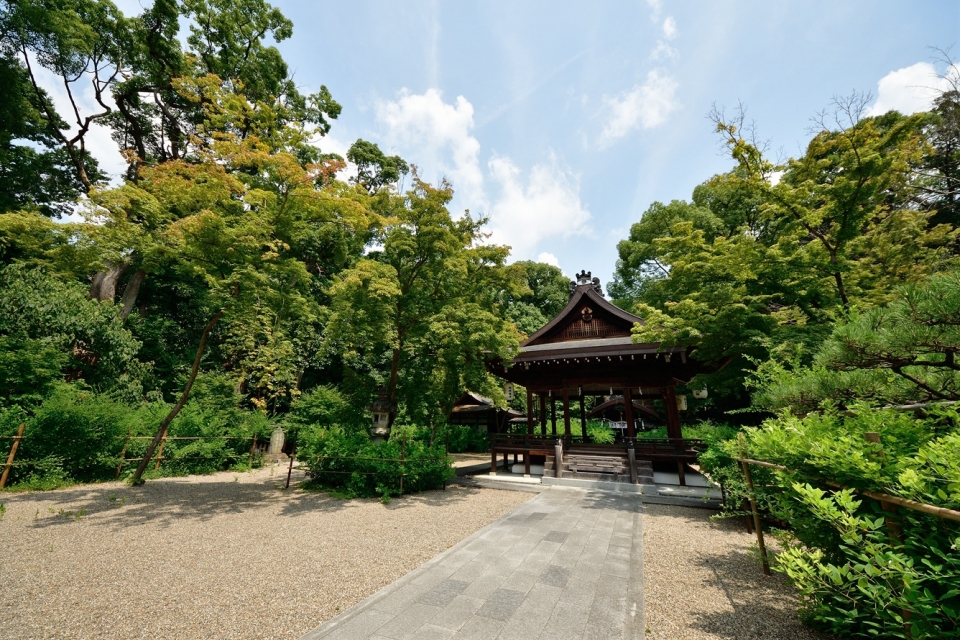
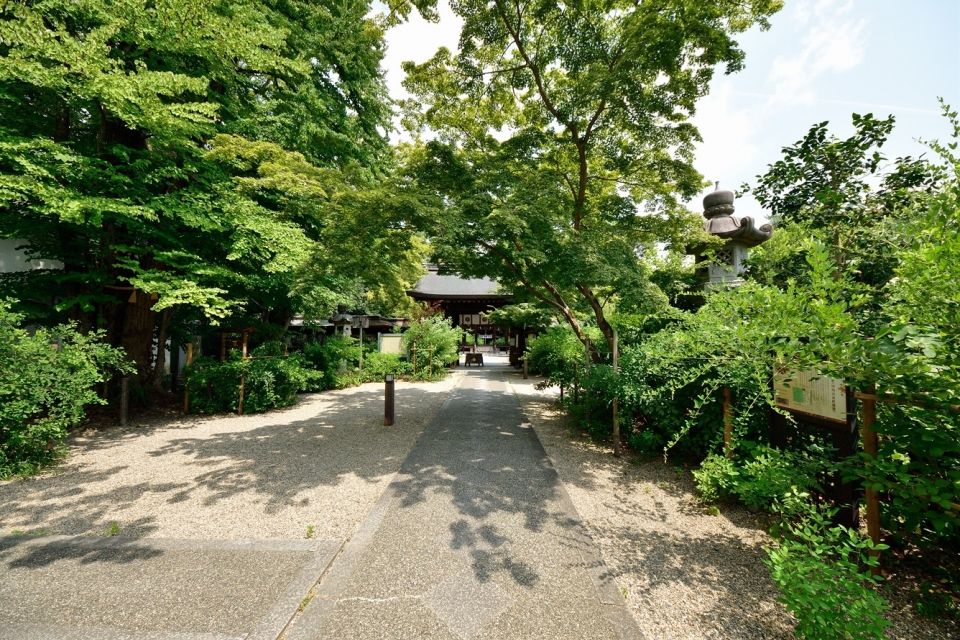
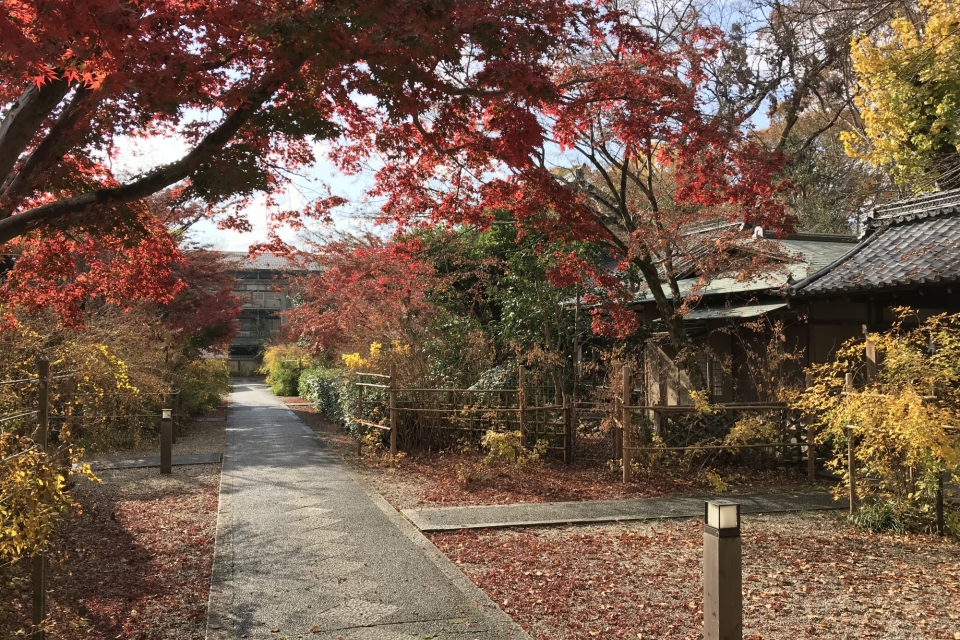
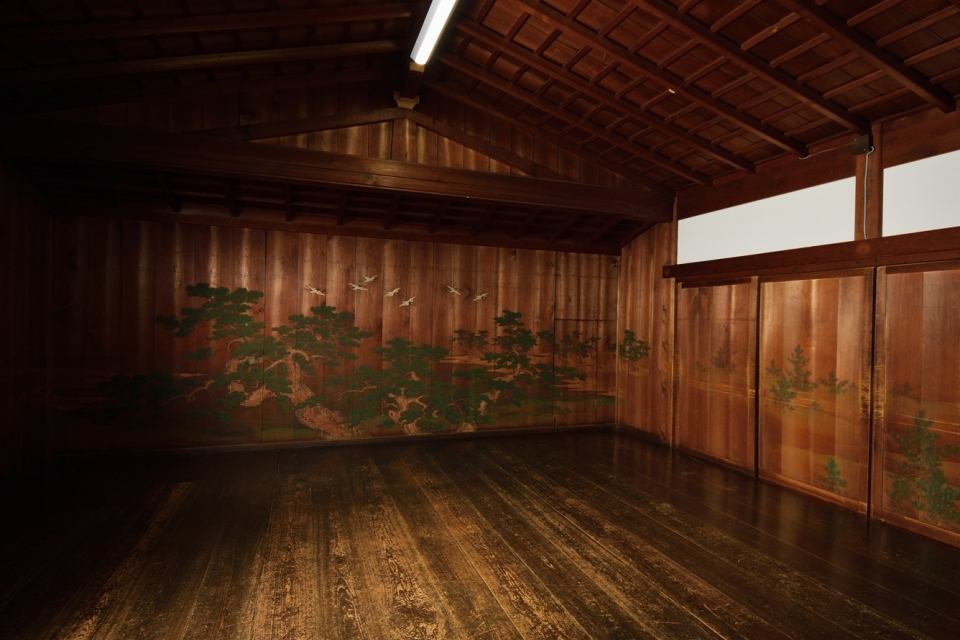
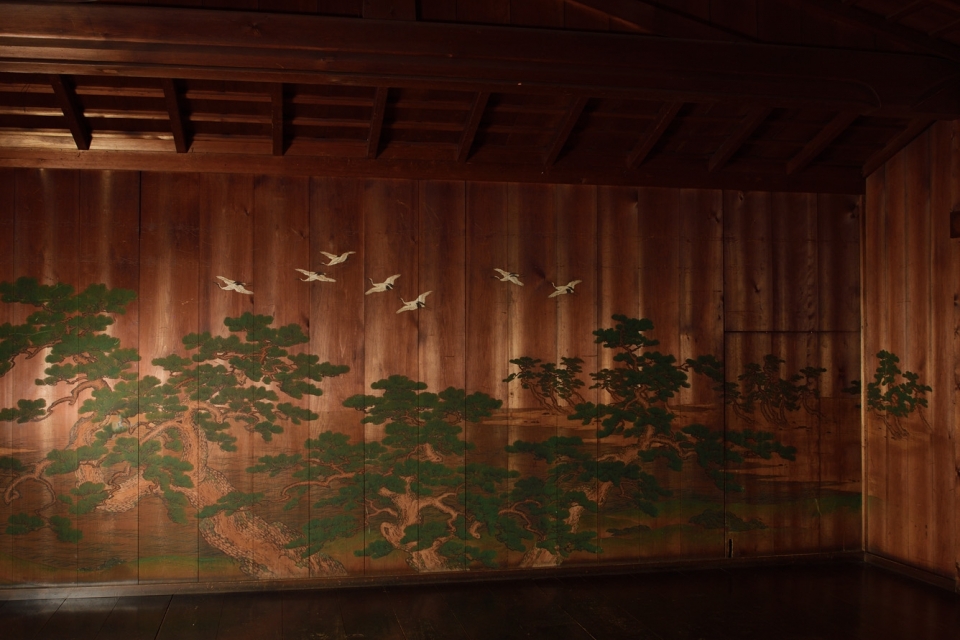
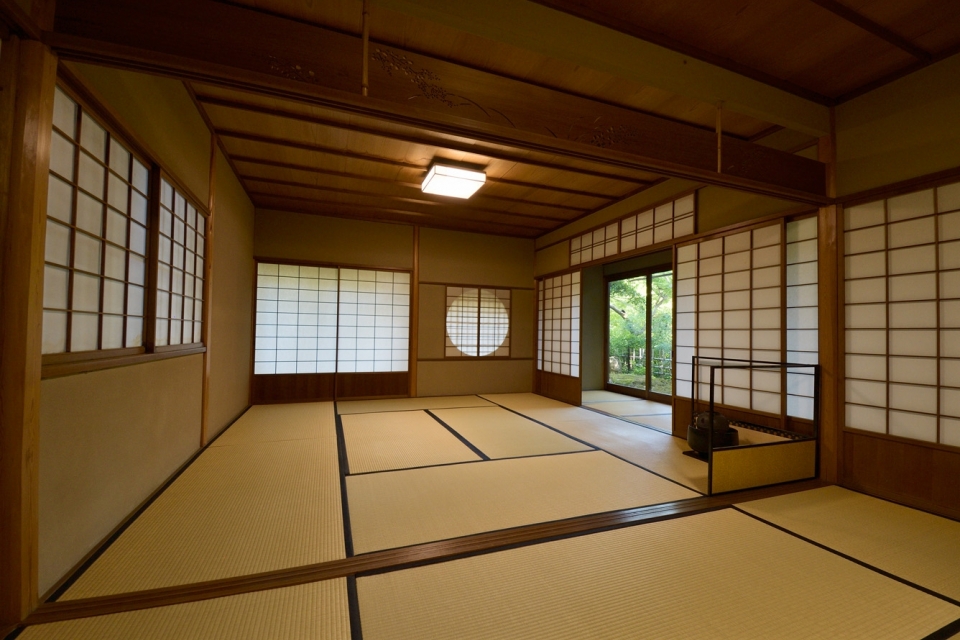
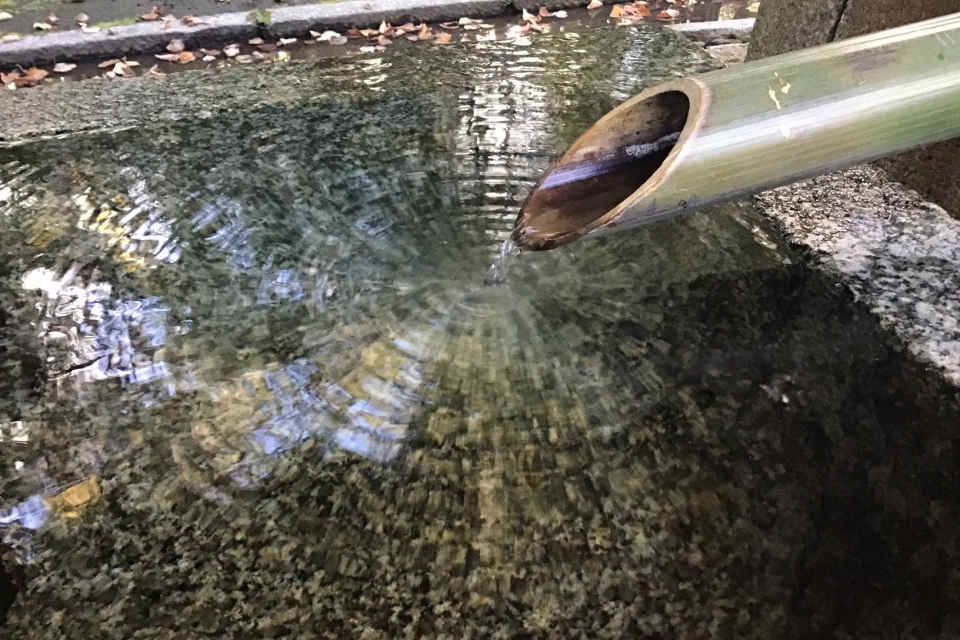
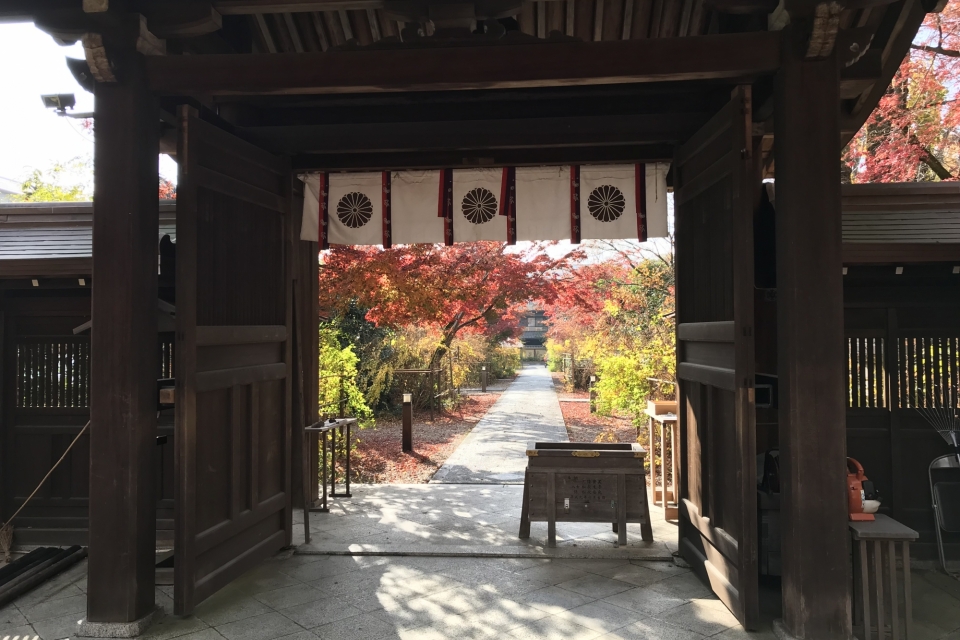
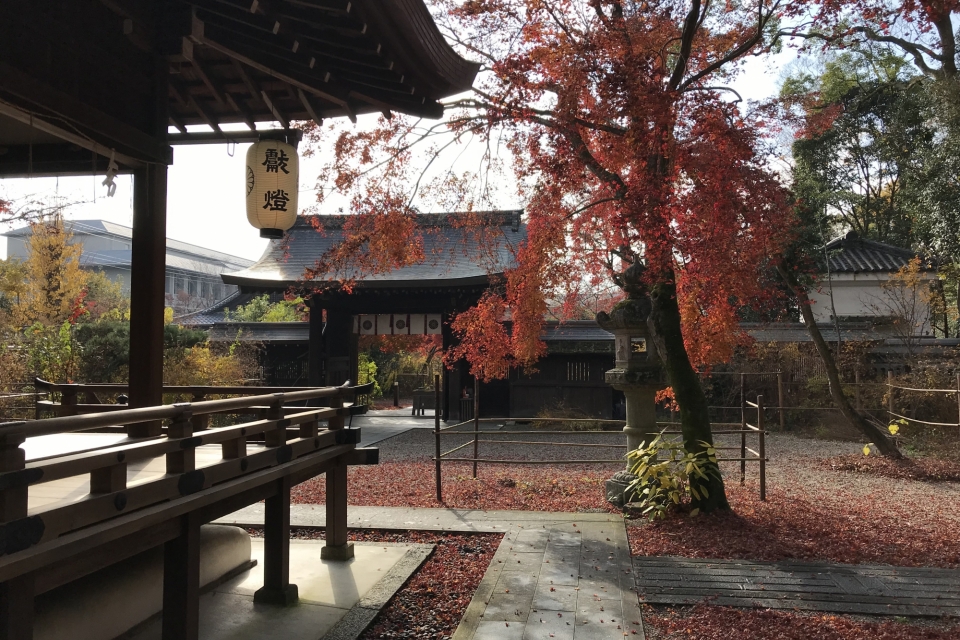
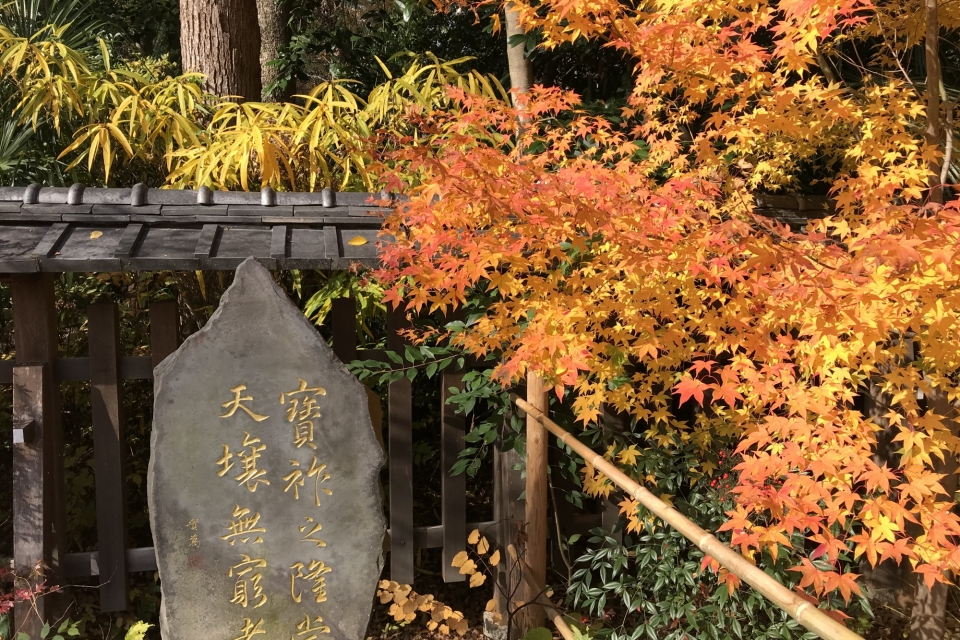
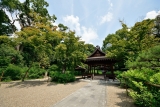

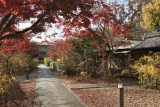
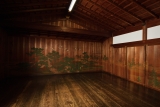
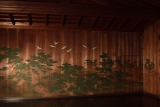
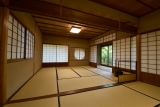
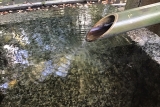
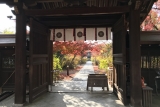

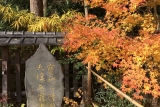
Nashinoki shrine is one of the newest shrines in Kyoto which was built in 1885. It enshrines Sanjo Sanetsumu and his son Sanjo Saneyoshi who are recognized as the contributor of Meiji restoration.
Beautiful, wit Sanetsumu was called “God of imaten” as a reincarnation of Sugawaranomichizane. He worked under 3 emperors for 50 years, claiming the restoration of imperial rule and became an impetus of Meiji restoration.
Saneyoshi inherited his father’s spirit and put effort to overthrow the Shogunate at the end of Edo period. After the Meiji restoration, he became a chief adviser to the emperor and served Meiji emperor.
People worship Sanetsumu and Saneyoshi as the gods of learning and the monuments of well-read men such as a Nobel Prize winner, Hideki Yukawa and a scholar of native studies, Ueda Akinari are built in the shrine.
The precinct of the shrine is a remain of emperor Seiwa’s mother, queen Somedono’s residence. In there, you will get to see one of the 3 greatest waters in Kyoto, “Somei no mizu [Water of somei”]. It tastes sweet and tender and is well-known as the water for Chanoyu [Japanese tea] and was dedicated to the imperial court.
Until Meiji period, there were many residences for aristocrats around the shrine. Nashinoki street which is located between Kyoto imperial palace and Nashinoki shrine was used by the top executives of Japanese politics going to the shrine.
The shrine is also called “Hagi no Miya” as a famous hagi [Japanese clover] spot that represents Kyoto. Hagi is known as a plant which is in Manyoshu, 8th century anthology of Japanese poetry. In every September, Hagi festival is held at the shrine and Tanzaku [Paper ornament with people’s wishes] will be hung on the branches of Hagi.
Beautiful, wit Sanetsumu was called “God of imaten” as a reincarnation of Sugawaranomichizane. He worked under 3 emperors for 50 years, claiming the restoration of imperial rule and became an impetus of Meiji restoration.
Saneyoshi inherited his father’s spirit and put effort to overthrow the Shogunate at the end of Edo period. After the Meiji restoration, he became a chief adviser to the emperor and served Meiji emperor.
People worship Sanetsumu and Saneyoshi as the gods of learning and the monuments of well-read men such as a Nobel Prize winner, Hideki Yukawa and a scholar of native studies, Ueda Akinari are built in the shrine.
The precinct of the shrine is a remain of emperor Seiwa’s mother, queen Somedono’s residence. In there, you will get to see one of the 3 greatest waters in Kyoto, “Somei no mizu [Water of somei”]. It tastes sweet and tender and is well-known as the water for Chanoyu [Japanese tea] and was dedicated to the imperial court.
Until Meiji period, there were many residences for aristocrats around the shrine. Nashinoki street which is located between Kyoto imperial palace and Nashinoki shrine was used by the top executives of Japanese politics going to the shrine.
The shrine is also called “Hagi no Miya” as a famous hagi [Japanese clover] spot that represents Kyoto. Hagi is known as a plant which is in Manyoshu, 8th century anthology of Japanese poetry. In every September, Hagi festival is held at the shrine and Tanzaku [Paper ornament with people’s wishes] will be hung on the branches of Hagi.
Location Details
Name of Location
Nashinoki shrine
Address
Kyoto 602-0844
Guest Capacity
2 to 10 persons
Admission fee
- Morning70,000yen
- Afternoon70,000yen
- All Day120,000yen
Please select an experience available at this location on the next page.





